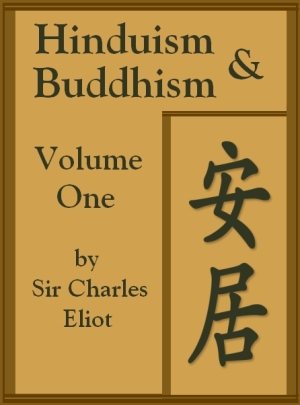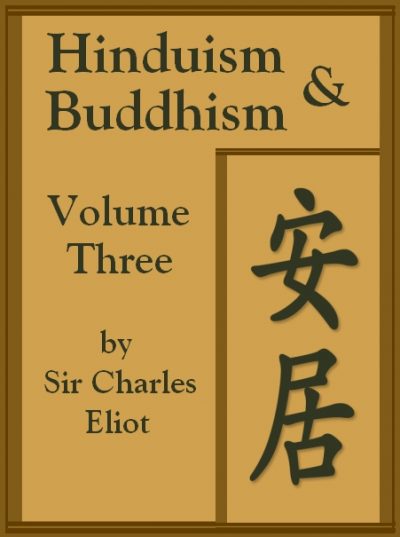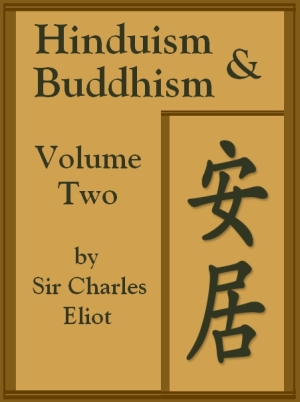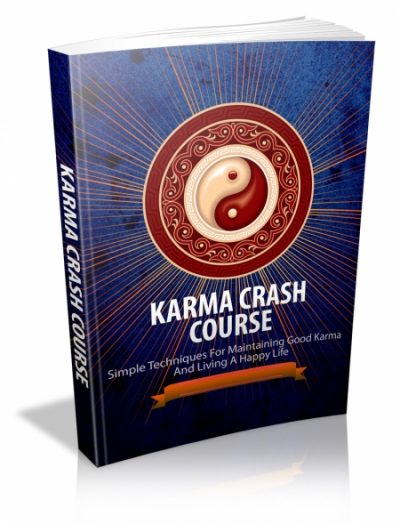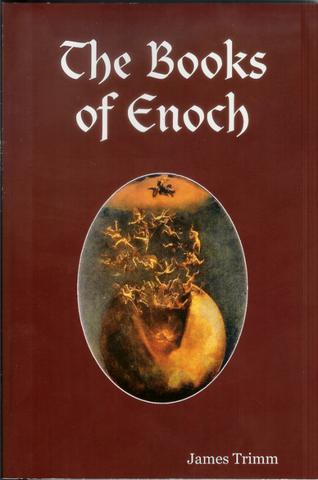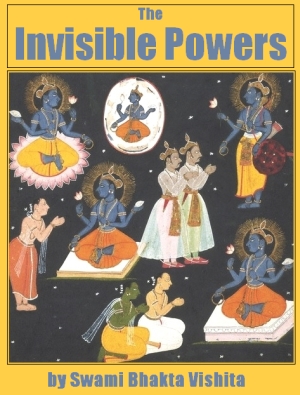Description
Besides living for some time in the Far East, I have paid many visits to India, some of which were of considerable length, and have traveled in all the countries of which I treat except Tibet. I have however seen something of Lamaism near Darjeeling, in northern China and in Mongolia. But though I have in several places described the beliefs and practices prevalent at the present day, my object is to trace the history and development of religion in India and elsewhere with occasional remarks on its latest phases. I have not attempted to give a general account of contemporary religious thought in India or China and still less to forecast the possible result of present tendencies.
In the following pages I have occasion to transcribe words belonging to many oriental languages in Latin characters. Unfortunately a uniform system of transcription, applicable to all tongues, seems not to be practical at present. It was attempted in the Sacred Books of the East, but that system has fallen into disuse and is liable to be misunderstood. It therefore seems best to use for each language the method of transcription adopted by standard works in English dealing with each, for French and German transcriptions, whatever their merits may be as representations of the original sounds, are often misleading to English readers, especially in Chinese. For Chinese I have adopted Wade’s system as used in Giles’s Dictionary, for Tibetan the system of Sarat Chandra Das, for Pali that of the Pali Text Society and for Sanskrit that of Monier-Williams’s Sanskrit Dictionary, except that I write ś instead of s. Indian languages however offer many difficulties: it is often hard to decide whether Sanskrit or vernacular forms are more suitable and in dealing with Buddhist subjects whether Sanskrit or Pali words should be used. I have found it convenient to vary the form of proper names according as my remarks are based on Sanskrit or on Pali literature, but this obliges me to write the same word differently in different places, e.g. sometimes Ajâtaśatru and sometimes Ajâtasattu, just as in a book dealing with Greek and Latin mythology one might employ both Herakles and Hercules. Also many Indian names such as Ramayana, Krishna, nirvana have become Europeanized or at least are familiar to all Europeans interested in Indian literature. It seems pedantic to write them with their full and accurate complement of accents and dots and my general practice is to give such words in their accurate spelling (Râmâyana, etc.) when they are first mentioned and also in the notes but usually to print them in their simpler and unaccented forms. I fear however that my practice in this matter is not entirely consistent since different parts of the book were written at different times.
My best thanks are due to Mr R.F. Johnston (author of Chinese Buddhism), to Professor W.J. Hinton of the University of Hong Kong and to Mr H.I. Harding of H.M. Legation at Peking for reading the proofs and correcting many errors: to Sir E. Denison Ross and Professor L. Finot for valuable information: and especially to Professor and Mrs Rhys Davids for much advice, though they are in no way responsible for the views which I have expressed and perhaps do not agree with them. It is superfluous for me to pay a tribute to these eminent scholars whose works are well known to all who are interested in Indian religion, but no one who has studied the early history of Buddhism or the Pali language can refrain from acknowledging a debt of gratitude to those who have made such researches possible by founding and maintaining during nearly forty years the Pali Text Society and rendering many of the texts still more accessible to Europe by their explanations and translations.
C. ELIOT. TOKYO, May, 1921.
Full MRR Included
